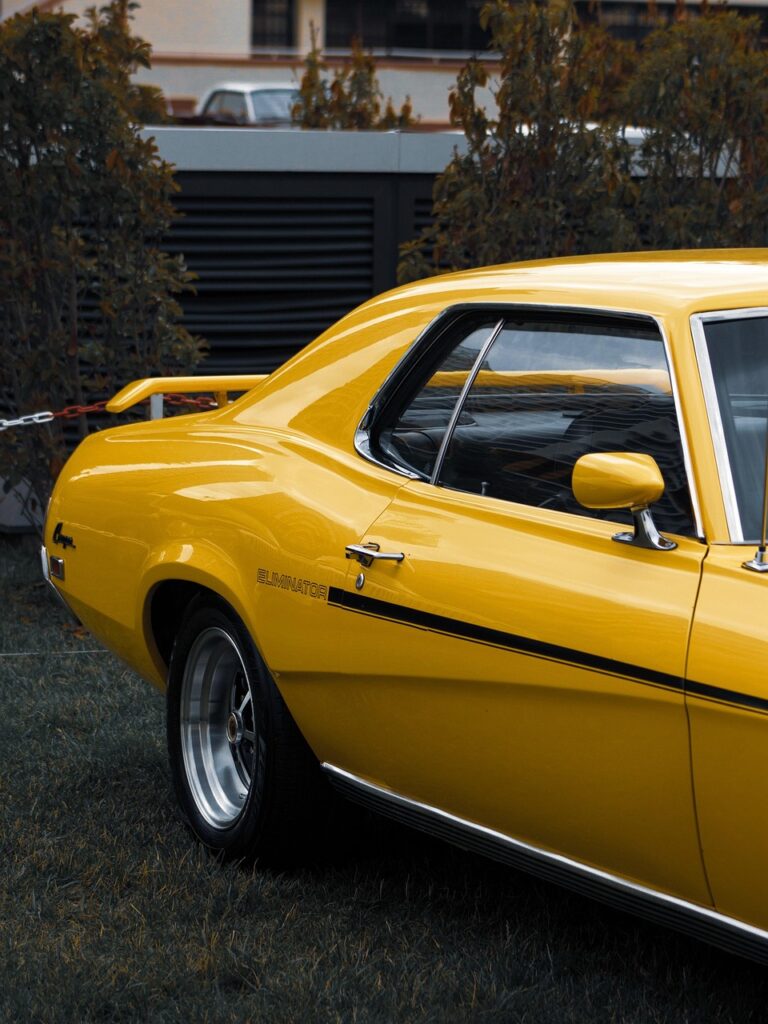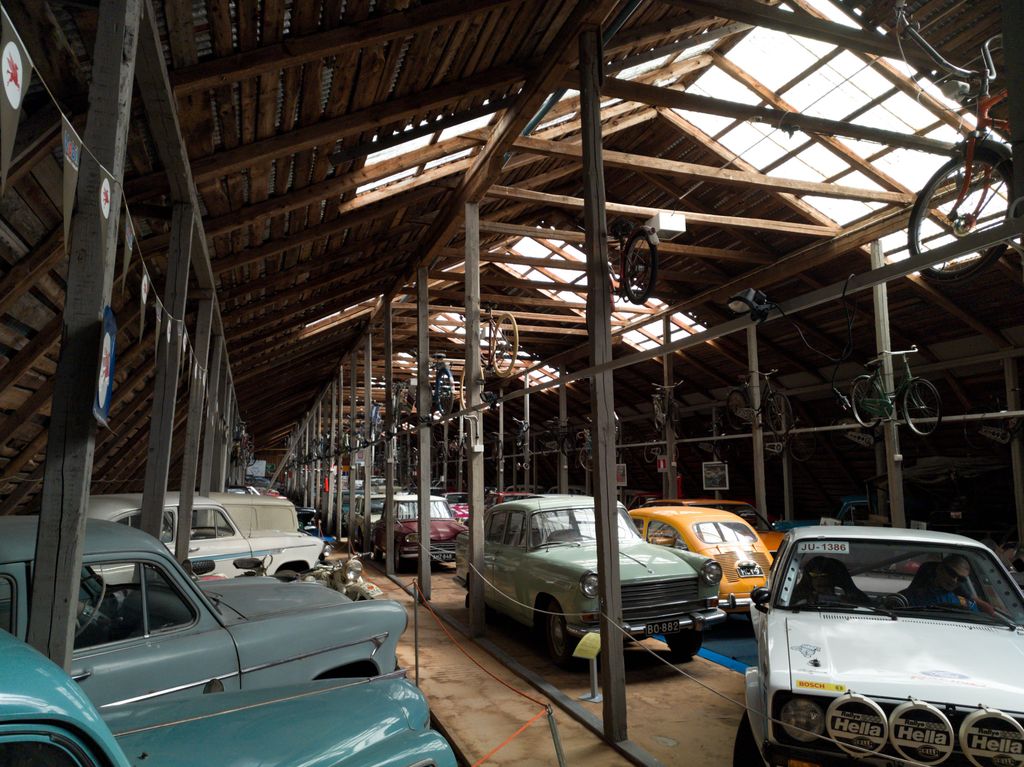
Are you staring at that shiny new car on the dealership lot, dreaming of an upgrade, but hesitating because of your current ride’s little quirks? The decision to trade in your car can often feel like a tightrope walk – balancing the desire for a fresh set of wheels against the nagging question of whether to invest in repairs first. It’s a dilemma many car owners face: is it truly worth the time, effort, and expense to fix those lingering issues before handing over the keys?
The good news is, you’re not alone in this quandary, and the answer is often a resounding yes! In today’s market, where used car inventory remains relatively thin, dealerships are highly motivated to acquire vehicles. This creates a powerful opportunity for you to maximize your trade-in value, potentially adding thousands of dollars to your offer, simply by making some strategic, often simple, DIY repairs and preparations. By proactively enhancing your car’s overall appeal and value, you put yourself in a much stronger negotiating position.
This isn’t about sinking a fortune into a car you’re about to let go of. Instead, it’s about smart, cost-effective interventions that yield a significant return on investment. We’re going to dive deep into a practical, actionable guide that empowers you to take control of your car’s trade-in potential. From tackling minor cosmetic flaws to ensuring essential mechanical components are in tip-top shape, these expert tips will show you how to boost your car’s marketability without breaking the bank. Let’s explore the simple steps that can transform your vehicle from ‘just another trade-in’ into a highly desirable asset, securing you the best possible deal for your next purchase.
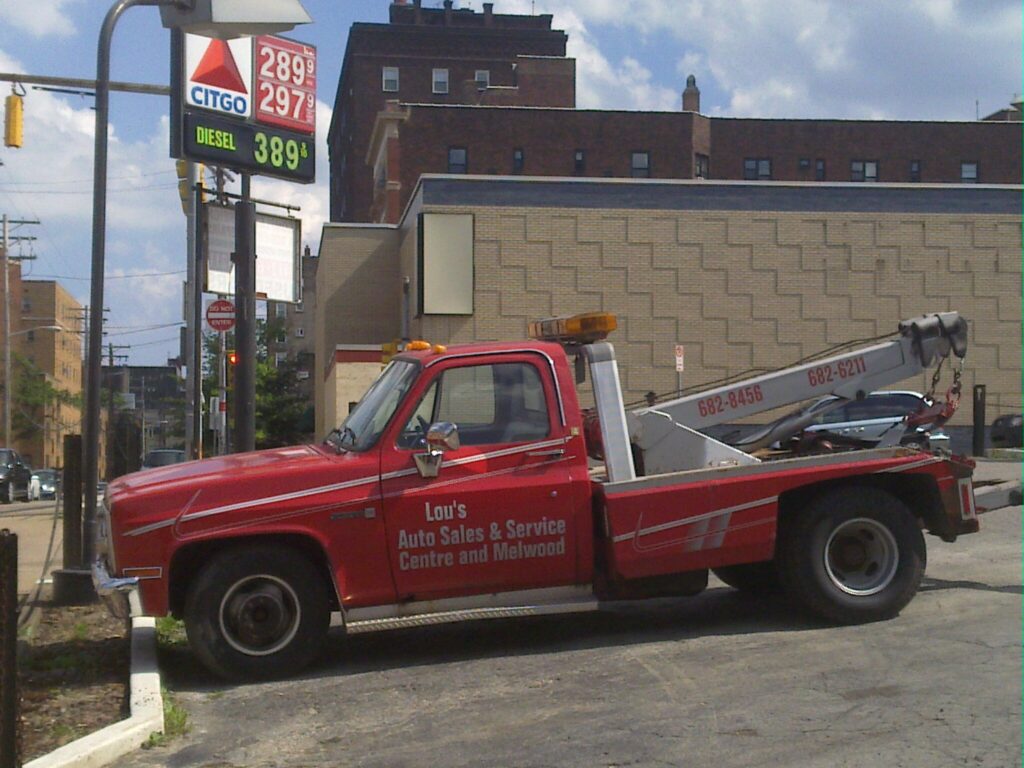
1. **Fix Minor Dents and Scratches**The exterior of your car acts as its first impression, a silent spokesperson for its overall care and condition. Unattractive dents and scratches, no matter how small, can immediately signal to a potential buyer or dealership that the vehicle has been poorly maintained, even if its mechanical heart beats perfectly. These seemingly minor blemishes can lead to a significantly lower trade-in offer, as they detract from the car’s aesthetic appeal and suggest a lack of attention from the owner.
Addressing these exterior imperfections is often a surprisingly affordable and quick job. Taking your vehicle to a reputable body shop for professional dent and scratch removal can effectively erase these visual drawbacks, making your car look much fresher and better cared for. This simple act of restoration can dramatically boost its perceived value, turning what might have been a point of contention into a testament to your meticulous ownership.
It’s an investment in curb appeal that directly translates into dollars. Dealerships assess a car’s condition based on what they can sell it for, and a car with a pristine exterior demands a higher price. By eliminating these noticeable flaws, you remove an easy target for dealers to reduce their offer, ensuring that the car’s appearance works in your favor during the trade-in appraisal. Consider this option seriously if your car’s exterior has any noticeable imperfections.
Read more about: Beyond the Bumper: How Minor Collisions Can Stealthily Turn Your Hatchback Into a Money Pit
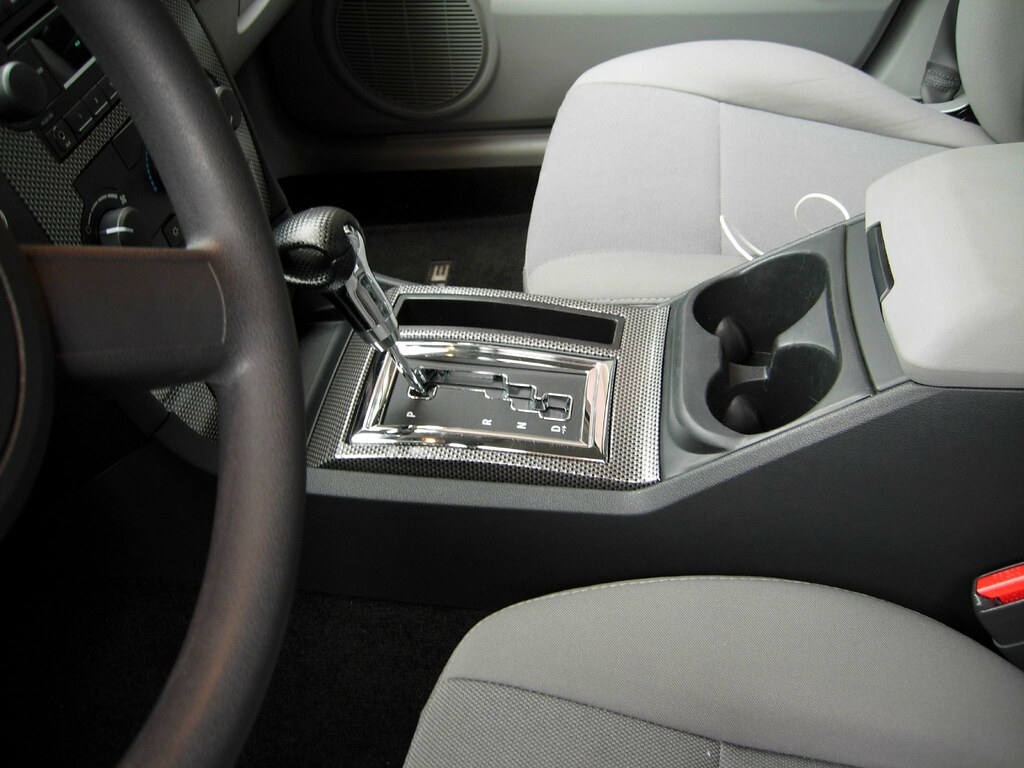
2. **Refresh the Interior**While the exterior draws initial attention, the interior seals the deal. A clean, well-maintained, and fresh-smelling interior leaves a powerful and lasting impression on buyers and dealerships alike. Conversely, issues like stained seats, worn carpets, a cluttered dashboard, or lingering odors can instantly detract from a car’s value, signaling neglect and prompting concerns about its overall condition, regardless of its mechanical soundness.
The good news is that many interior refresh tasks are simple, cost-effective, and entirely within the realm of DIY. Start with a thorough vacuuming of all carpets and upholstery, paying attention to crevices where crumbs and dust accumulate. Deep cleaning upholstery can remove unsightly stains, while fixing any loose knobs, handles, or minor trim pieces can restore a sense of order and quality. Even a simple wipe-down of surfaces and a good air freshener can make a world of difference.
For those interiors that need a bit more TLC, hiring a professional detailing service is a worthwhile investment. Detailers can deep-clean, deodorize, and often restore surfaces to a near-new condition, tackling stubborn stains and grime that DIY efforts might miss. This professional touch transforms the cabin, creating an inviting atmosphere that reassures potential buyers of the car’s overall excellent upkeep, thereby adding significant value to your trade-in. Remember, comfort and cleanliness are paramount.
Read more about: New Tesla Recall: Model 3 and Y Rollaway Risk Due to Software Glitch – An In-Depth Look at Tesla’s Evolving Vehicle Landscape
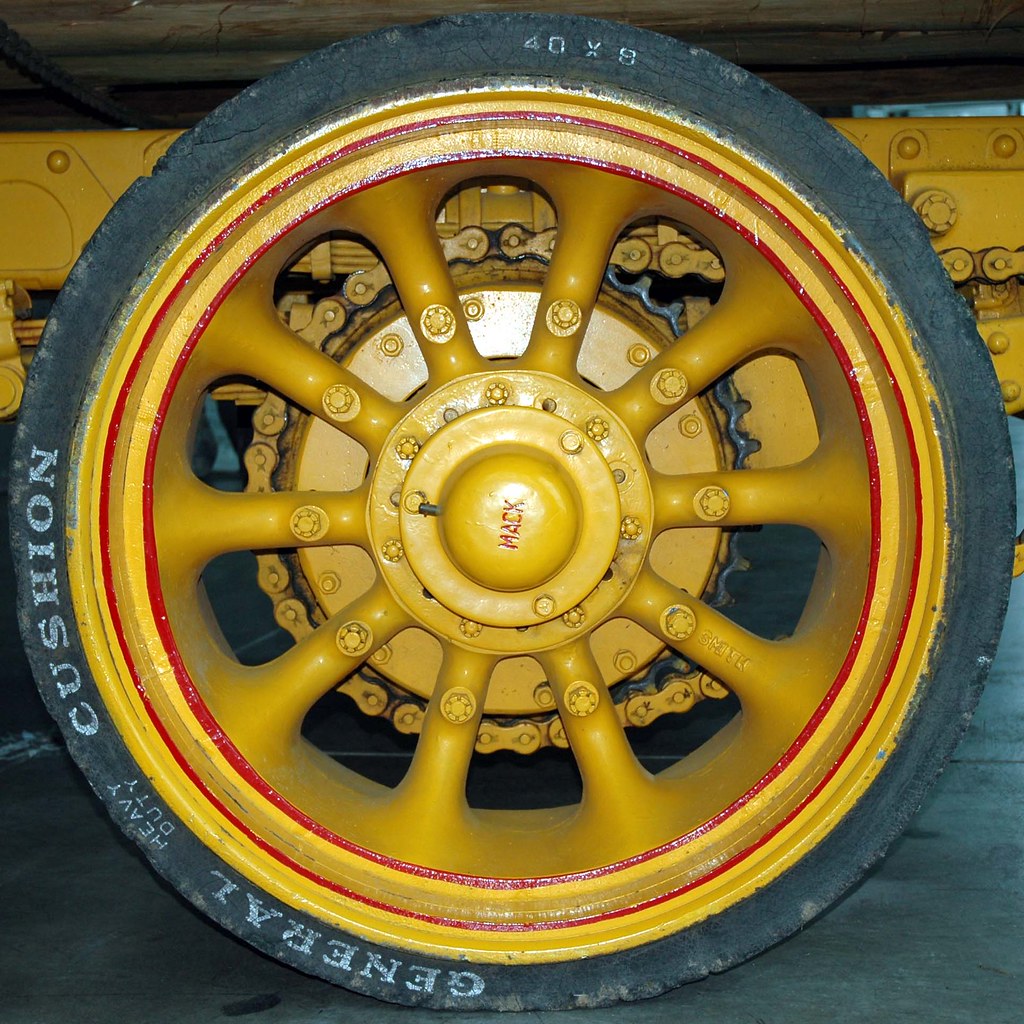
3. **Take Care of the Tires**Your car’s tires are more than just functional components; they are crucial indicators of both performance and maintenance. Worn-out, dull, or mismatched tires can be a glaring red flag for dealerships and prospective buyers. They immediately suggest that the vehicle may have been neglected in other areas of maintenance and could require substantial investment in new rubber soon after purchase, which will be factored into the trade-in offer.
Ensuring your tires are in good condition involves a few simple steps. Start by checking the tread depth – adequate tread is essential for safety and good handling. If your tires are significantly worn, replacing them can be a wise investment, as it eliminates a major point of depreciation. Beyond outright replacement, ensuring they are properly inflated, balanced, and rotated regularly contributes to their longevity and even wear, reflecting diligent maintenance.
Even if your tires are in good shape structurally, their appearance matters. A thorough cleaning of the tires and rims can give them a fresh, well-maintained look. Polishing the sidewalls can add a finishing touch that makes the entire car appear more cared for and appealing. This small effort contributes to the overall perception of the vehicle, signaling to dealerships that this car has been looked after, and potentially increasing your trade-in offer.
Read more about: Hollywood’s Timeless Talents: Meet the 13 Oldest Living Stars Still Shining Bright Today
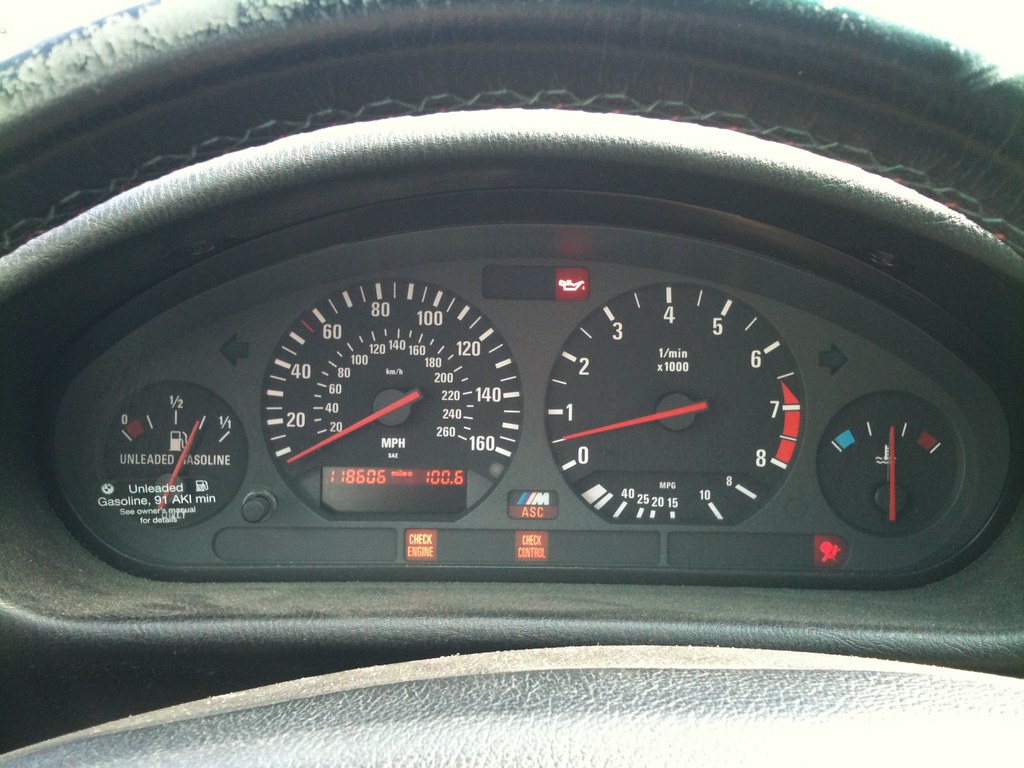
4. **Fix Any Warning Lights on the Dashboard**Few things are as instantly alarming to a potential buyer or dealership as a lit warning light on the dashboard, especially the dreaded ‘check engine’ light. These indicators are major red flags, signaling underlying mechanical or electrical issues that could range from minor inconveniences to serious, costly repairs. Ignoring them before a trade-in guarantees a lower offer, as dealerships will assume the worst and factor in significant potential repair costs for the next owner.
If your car displays any warning indicators, it is absolutely worth the effort to have a trusted mechanic diagnose and fix the issue before you even consider trading it in. Many diagnostics can be performed relatively quickly, and often the underlying problem is simpler and less expensive to resolve than you might fear. For example, a check engine light can sometimes be triggered by a loose gas cap or a faulty oxygen sensor, which are comparatively inexpensive fixes.
Resolving these issues not only clears the dashboard but also provides you with confidence during negotiation. You can present a car free of warning lights, assuring the dealership that the vehicle is in sound working order. This transparency and proactive problem-solving can directly lead to a higher trade-in offer, as it removes a significant area of uncertainty and potential expense for the dealer. Don’t let a glowing symbol cost you hundreds, or even thousands, of dollars.
Read more about: Buyer Beware: 8 Critical Brake Problems That Could Ground Your High-Mileage Sports Car Dreams Long Before 40,000 Miles
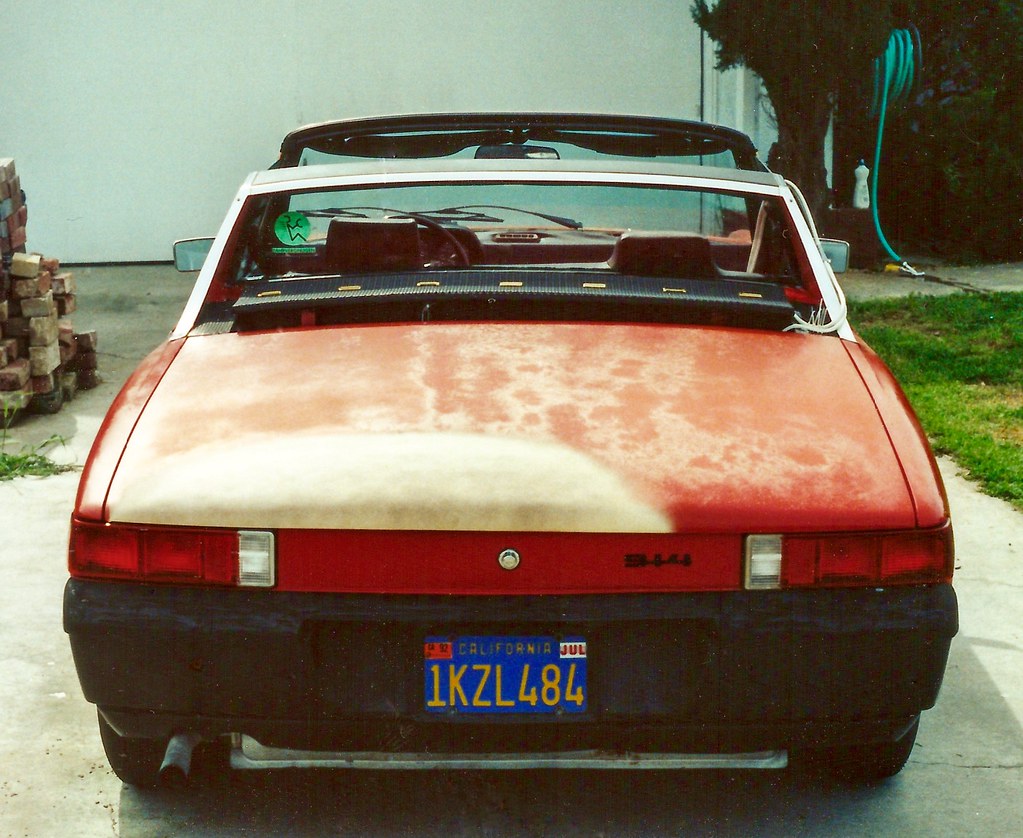
5. **Replace Worn-Out Parts**Over the lifespan of any vehicle, certain parts experience inevitable wear and tear, and their deteriorated condition can be quite noticeable to an experienced eye. Components like windshield wipers, headlights, and air filters might seem like minor details, but their worn state can collectively create an impression of an uncared-for vehicle. These are often inexpensive and quick fixes that can make a surprisingly significant impact on a car’s perceived value.
Consider the effect of dull or yellowed headlights. Not only do they diminish nighttime visibility, but they also make a car appear older and less well-maintained than it actually is. Upgrading to brighter, modern versions, or even just restoring the clarity of existing lenses, can instantly make the car appear newer and more cared for. Similarly, ensuring that windshield wipers are in good shape is crucial for safety and provides a better experience during test drives, creating a more positive impression.
Replacing a dirty air filter is another small but impactful task. It’s an easy DIY job that improves engine performance, fuel efficiency, and cabin air quality. These small, affordable investments demonstrate meticulous attention to detail and a commitment to maintaining the vehicle properly. By taking care of these easily noticeable worn-out parts, you communicate to the dealership that the car has been diligently maintained, adding tangible value and strengthening your negotiating position.
Read more about: Decoding the Drips: Your Essential Guide to Diagnosing, Fixing, and Preventing Coffee Maker Leaks
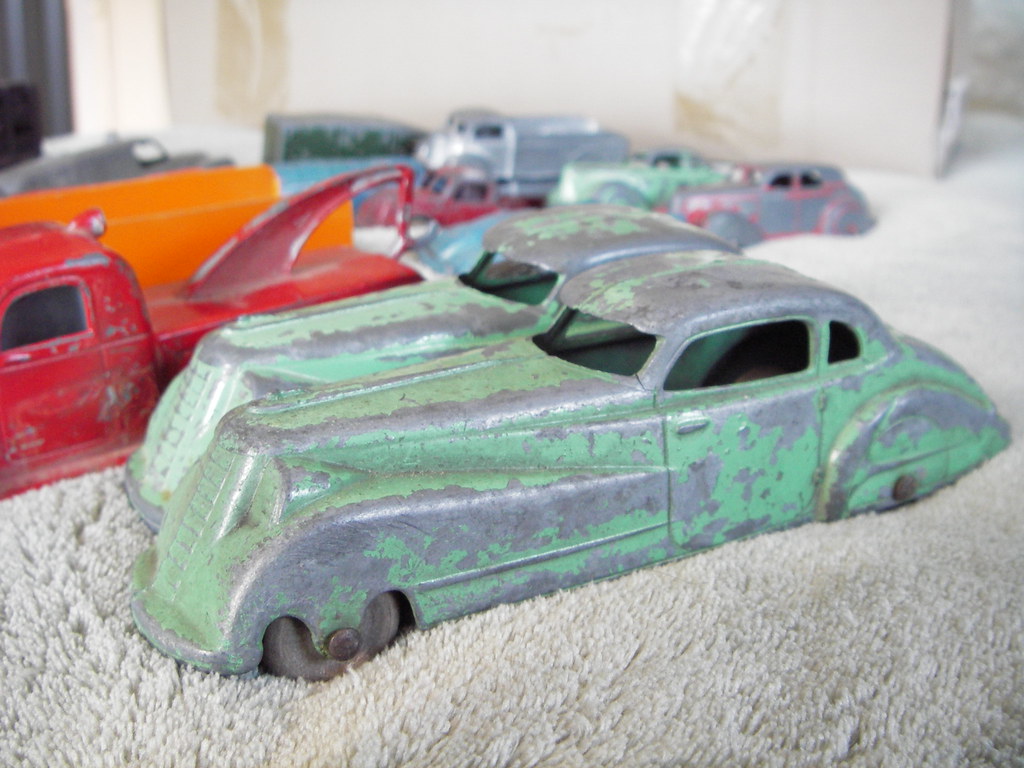
6. **Address Cosmetic Flaws Like Faded Paint or Peeling Trim**Beyond dents and scratches, broader cosmetic issues significantly impact a car’s perceived value. Faded paint, peeling trim, or cloudy headlights can make a vehicle look tired, neglected, and much older than its actual age. These flaws create an immediate visual deterrent for potential buyers and give dealerships an easy justification to offer a lower trade-in price. The overall aesthetic cohesion of a car speaks volumes about its owner’s care.
Investing in minor touch-ups or restoration for these cosmetic flaws can yield a substantial return. A simple paint touch-up on chips or small faded areas can restore a uniform look to the body. Similarly, refreshing worn or peeling trim pieces, whether they are around windows, on the dashboard, or bumper accents, instantly elevates the car’s appearance. These seemingly small improvements contribute to a holistic visual upgrade, making the car appear better kept and more appealing.
Consider, for example, the impact of restoring cloudy headlights. This can often be done with a simple DIY kit or a professional service, and it makes the entire front end of the car look years younger. These types of fixes are often more affordable than extensive bodywork, yet their visual impact is profound. By taking these steps, you present a vehicle that looks cohesive and well-maintained, directly translating into a higher trade-in offer, as dealers recognize the enhanced marketability of a visually appealing car.

7. **Check and Replace Fluids**It might seem like a small detail, but the condition and levels of your car’s fluids are critical indicators of its overall health and how diligently it has been maintained. Low, dirty, or incorrect fluids can signal to buyers or dealerships that the car may have been neglected, raising concerns about potential mechanical issues down the road. This simple, often overlooked step can powerfully reinforce the impression of a well-cared-for vehicle.
Taking the time to check and, if necessary, refill or replace your car’s essential fluids is a straightforward task that can be easily accomplished at home. This includes checking the engine oil, coolant, brake fluid, power steering fluid, and windshield washer fluid. Ensuring these are at their appropriate levels and free from excessive contamination shows a proactive approach to vehicle maintenance. It’s a clear signal that the car has received consistent attention.
Even if your car boasts an impeccable service record, a fresh set of fluids provides an undeniable sense of readiness and reliability. When a dealership appraises your vehicle, seeing clean, properly filled reservoirs adds to their confidence in its condition. This small, often cost-free or low-cost effort contributes significantly to the car’s overall appeal and marketability, enhancing its perceived value and strengthening your position during trade-in negotiations. It’s about presenting a car that’s not just cosmetically appealing, but mechanically sound and ready for its next owner.
Beyond the physical revitalization of your vehicle, maximizing its trade-in value demands a strategic approach that extends into the realms of documentation, market knowledge, and savvy negotiation. Having a car that looks and runs great is a fantastic start, but truly unlocking its full potential means equipping yourself with the right information and tactics before you even set foot on a dealership lot. These next steps will empower you to navigate the trade-in process with confidence, ensuring that your diligent repair work translates into the highest possible offer.
Read more about: Consumer Alert: Unpacking 14 SUVs That Master Transmission Reliability, Defying Post-Warranty Failure

8. **Maintain Service Records**One of the most powerful, yet often overlooked, assets you can present to a dealership during a trade-in appraisal is a comprehensive history of your car’s service records. These documents are more than just receipts; they are tangible proof of your commitment to maintaining the vehicle properly. Dealerships and prospective buyers alike are reassured by a car with a clear, consistent service history, as it indicates reliability and reduces concerns about hidden mechanical issues.
Detailed service records demonstrate that regular maintenance, such as oil changes, tire rotations, brake checks, and any necessary repairs, has been performed diligently. This level of transparency instills confidence, signaling that the car has been well-cared for throughout your ownership. It allows the dealership to envision an easier resale process for them, as they can confidently market a vehicle with a verifiable history of proper upkeep.
If you don’t have all your records neatly organized, don’t despair. Many mechanics and dealerships can provide documentation of past services, especially if you’ve been a loyal customer. Taking the time to compile these records before your trade-in appointment adds an invaluable layer of transparency and credibility to your vehicle’s story. It’s a small administrative task that can significantly enhance the perceived value and marketability of your car, turning a question mark into a solid assurance for the next owner.
Read more about: Arnold Schwarzenegger’s Unstoppable Lineup: Exploring the Icon’s Legacy of Power and Enduring Might
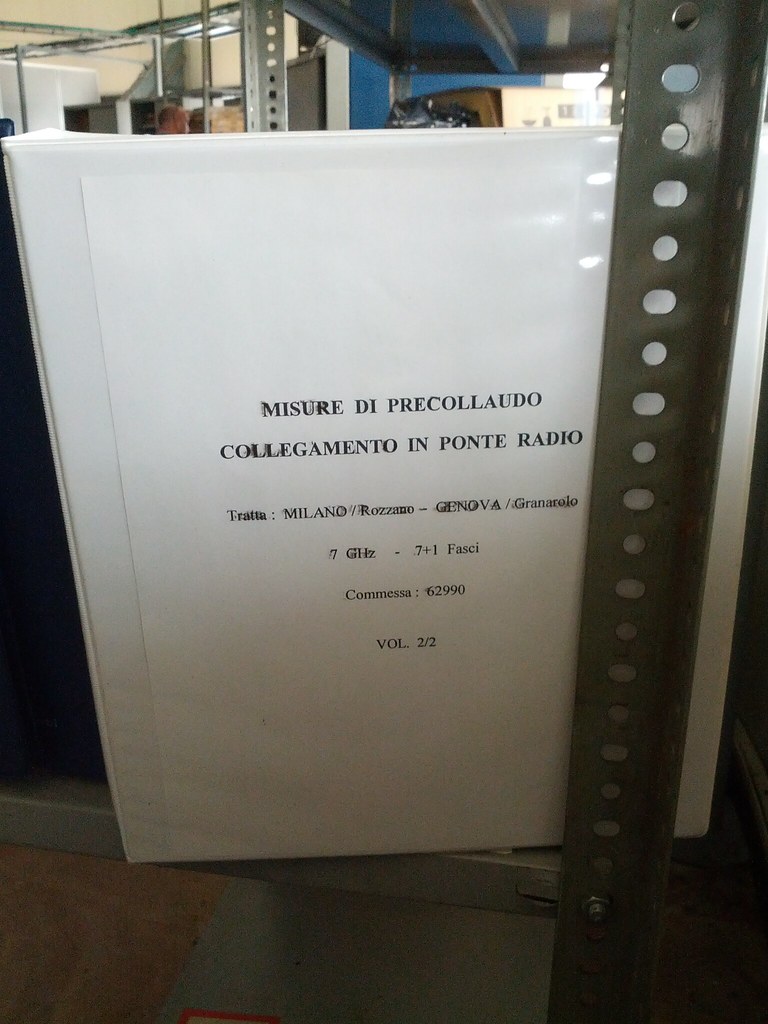
9. **Consider a Pre-Sale Inspection**Even after you’ve tackled a host of DIY repairs, an independent pre-sale inspection by a trusted mechanic can be a game-changer for your trade-in strategy. This isn’t about finding more things to fix, but rather about gaining a comprehensive, unbiased understanding of your car’s true condition. Think of it as your secret weapon, providing you with an objective assessment that can be invaluable during negotiations.
A professional inspection offers a thorough report of your vehicle’s health, identifying any underlying issues that might still be present or any minor repairs you might have missed. Knowing these details beforehand empowers you to either address them proactively or, at the very least, understand precisely why a dealership might adjust their offer. It removes the element of surprise and puts you in a position of knowledge, rather than speculation.
Furthermore, presenting a recent, clean pre-sale inspection report to a dealership can give you significant leverage. It demonstrates that you’re transparent about your vehicle’s condition and have nothing to hide. This level of honesty builds trust and can prevent dealers from lowballing their offer based on unknown potential problems. You’ll be able to confidently discuss your car’s value, backed by an expert assessment of its soundness and readiness for its next chapter.
Read more about: Hidden Threats: Unmasking the Subtle Habits and Oversights That Drastically Tank Your Car’s Resale Value
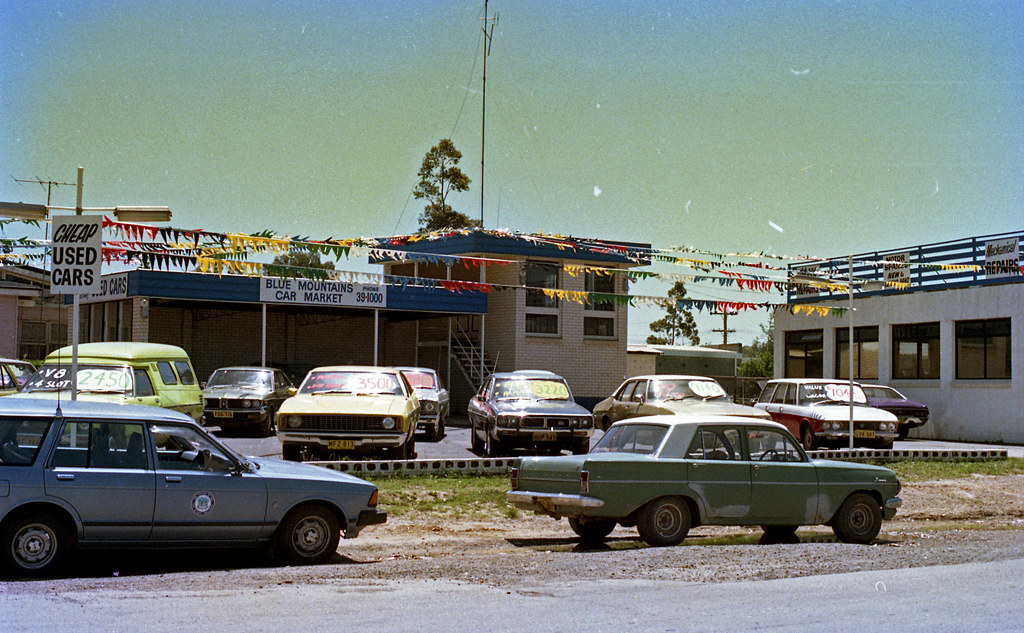
10. **Do Your Homework (Research Vehicle’s Value)**Stepping onto a dealership lot without a clear understanding of your car’s market value is like walking into a chess match blindfolded – you’re almost guaranteed to lose. The single most crucial preparatory step for any successful trade-in is to arm yourself with accurate, up-to-date information about what your specific vehicle is truly worth. This homework will form the bedrock of your negotiation strategy, ensuring you don’t leave money on the table.
Fortunately, a wealth of online resources makes this research accessible and straightforward. Platforms like Kelley Blue Book, True Car, and Edmunds are industry standards, offering valuations based on your car’s year, make, model, trim, mileage, and condition. Be honest and realistic when inputting details about your vehicle’s current state, including any repairs you’ve made or issues that remain. These tools provide benchmarks, giving you a ballpark figure for your car’s trade-in potential.
It’s also vital to understand that the trade-in value you receive from a dealership will typically be less than what you might get selling the car privately. Dealerships need a margin for profit to cover reconditioning costs and their own overhead. Knowing this distinction sets realistic expectations. However, by researching not just your car’s value, but also the cost-effectiveness of various repairs using sites like RepairPal, and checking for free recall fixes via the National Highway Traffic Safety Administration, you solidify your position to advocate for the highest possible offer, demonstrating your informed approach.
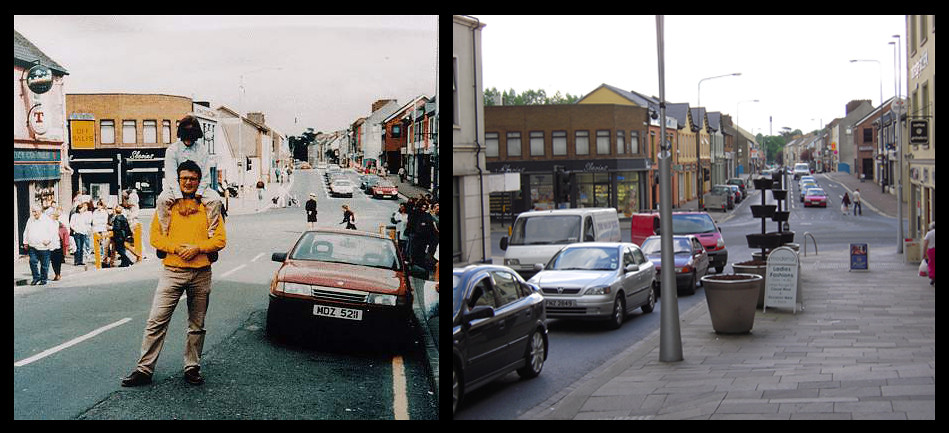
11. **Shop Around for Trade-in Value**Never, ever settle for the first trade-in offer you receive. Just as you wouldn’t buy the first car you see, you shouldn’t accept the first valuation for your current vehicle. Actively soliciting competitive quotes from multiple sources is a strategic maneuver that can significantly increase your final trade-in price. This competitive shopping creates a leverage point, forcing dealers to sharpen their pencils if they want your business.
Begin by seeking quotes from major used car dealers in your area, such as CarMax, and other reputable independent dealerships, *before* you even visit the dealer where you plan to buy your next car. These initial offers provide you with concrete numbers to work with and a clearer understanding of the current market value for your specific vehicle. Having several firm bids in hand instantly boosts your negotiating power.
When you eventually approach the dealership for your new purchase, you can present these competitive offers. This tactic communicates that you are an informed seller who has done their due diligence. It makes it harder for the dealer to give you a significantly lower offer, as they know you have viable alternatives. This simple yet powerful step transforms the trade-in process from a passive acceptance to an active negotiation, putting more money directly back into your pocket.
Read more about: Decoding the $300 Rule: Practical Steps to Finance Your Car Without Financial Strain

12. **Negotiate Trade-in Value and Purchase Price Separately**Here’s a golden rule of car dealing that savvy buyers live by: always negotiate your trade-in value and the purchase price of your new vehicle as completely separate transactions. Dealerships often try to combine these two figures into one “total deal” to create confusion and obscure where they’re making their profit. However, by keeping them distinct, you maintain clarity and control over both aspects, ensuring you get the best possible outcome for each.
When a dealer bundles the numbers, they can easily inflate one figure while deflating another, making it difficult for you to see the true cost of your new car or the real value of your trade-in. They might offer a seemingly great price on the new car but then lowball your trade, or vice versa. Insisting on separate negotiations allows you to scrutinize each figure independently and push for the optimal deal on both ends.
Once you’ve agreed upon a trade-in value, make sure you get that offer in writing, separately from the new car’s price. This written commitment protects you from any last-minute changes or a dealer trying to backtrack on their word. A formal, documented offer provides security and further leverage, especially if you decide to shop around more before finalizing your decision. Mastering this negotiation technique is pivotal to securing maximum value from your trade-in.
Read more about: Mastering Car Deal Negotiation: Your Playbook to Save Thousands Without Revealing Dealer Costs

13. **Time Your Trade-in Strategically**While you might be eager for a new ride, the timing of your trade-in can significantly impact the offer you receive. It’s not just about the car’s condition; external factors like market demand, seasonal trends, and even the dealership’s inventory needs play a crucial role. A little patience and strategic timing can make a substantial difference in your final trade-in value, often adding hundreds, if not thousands, to your offer.
Consider how certain vehicles are in higher demand during specific seasons. For instance, all-wheel-drive SUVs often fetch higher prices in the colder winter months, while convertibles and sporty cars are more desirable in spring and summer. Additionally, the first two quarters of the year can be prime times for trade-ins because buyer demand for new vehicles is typically higher, meaning dealerships are more motivated to stock their lots with used cars and may offer more aggressive prices.
Beyond market conditions, be acutely aware of your own financial situation, especially if you still owe money on your current car. Trading in a vehicle with “negative equity”—where you owe more than it’s worth—can roll that debt into your new car loan, significantly increasing your monthly payments. The Federal Trade Commission cautions against dealerships promising to “pay off your loan no matter how much you owe,” as that difference invariably gets added elsewhere. Sometimes, postponing your purchase or even selling your car privately to cover the loan is a more financially prudent decision than trading in with negative equity.
Read more about: Why Are Used Car Prices Still Soaring? Unpacking the Economic Reasons No One Tells You
As we’ve explored, transforming your car from a potential liability into a valuable asset during a trade-in involves more than just a quick wash and a prayer. It’s a comprehensive process, blending practical DIY repairs with shrewd market research and confident negotiation. By focusing on these accessible, high-impact strategies—from meticulous interior refreshes and diligent fluid checks to understanding market values and negotiating like a pro—you’re not just selling a car; you’re securing a better financial future for your next automotive adventure. Empower yourself with these insights, and drive away knowing you got the best possible deal. Your wallet will thank you.


